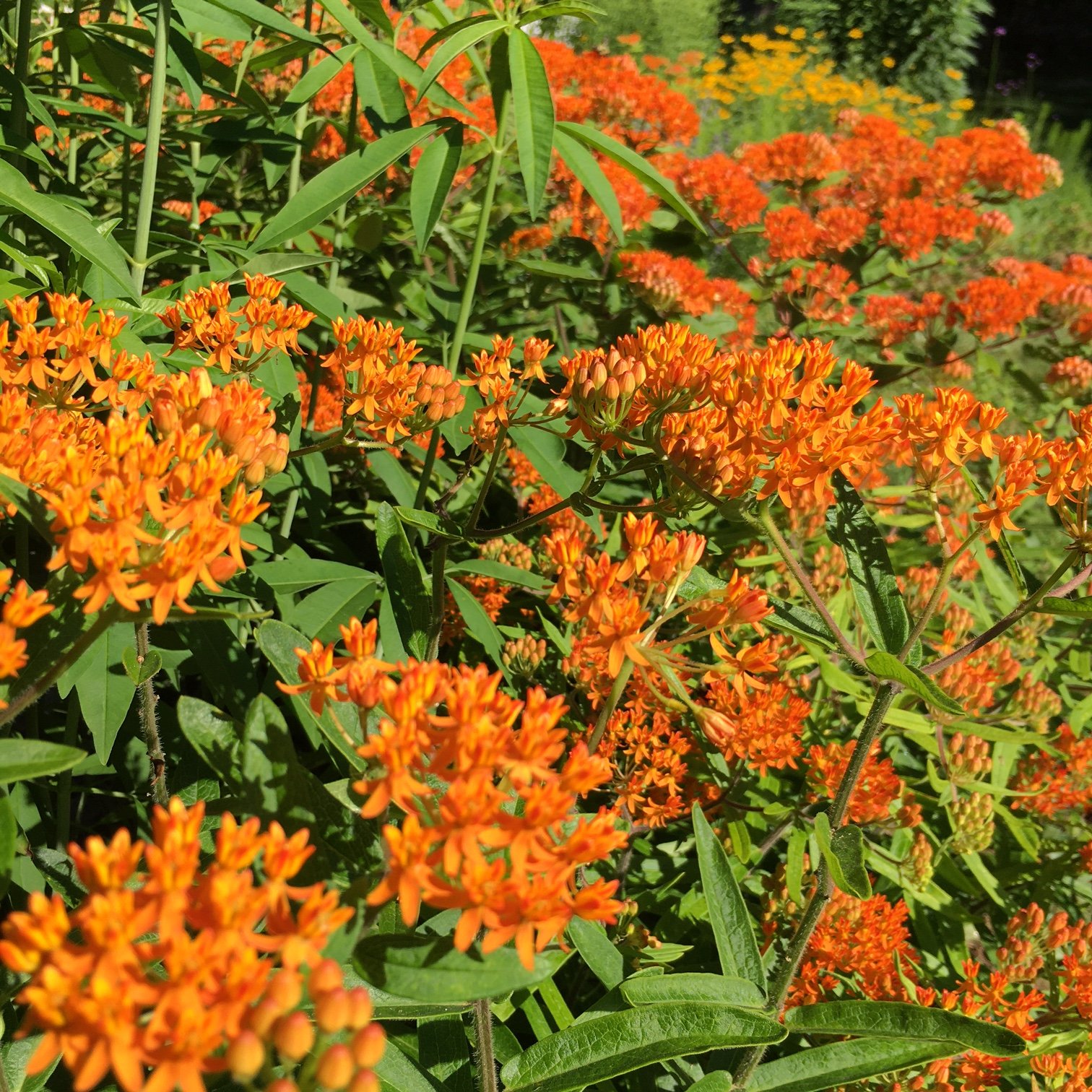HABIT
Height: 2-3’
Bloom Time: early- to mid-summer
SITE CONDITIONS
Light: full sun
Soil: average, medium-dry, dry
CULTIVATION TIPS
Establishment: can be slow to size up, but extremely resilient once established
Deer Resistance: high
INTERACTIONS
Pollinator Support: very high
Other: host plant for monarch butterfly
CONSERVATION
Native Range: local ecotype
Seed Origin: Fairfield County, CT


